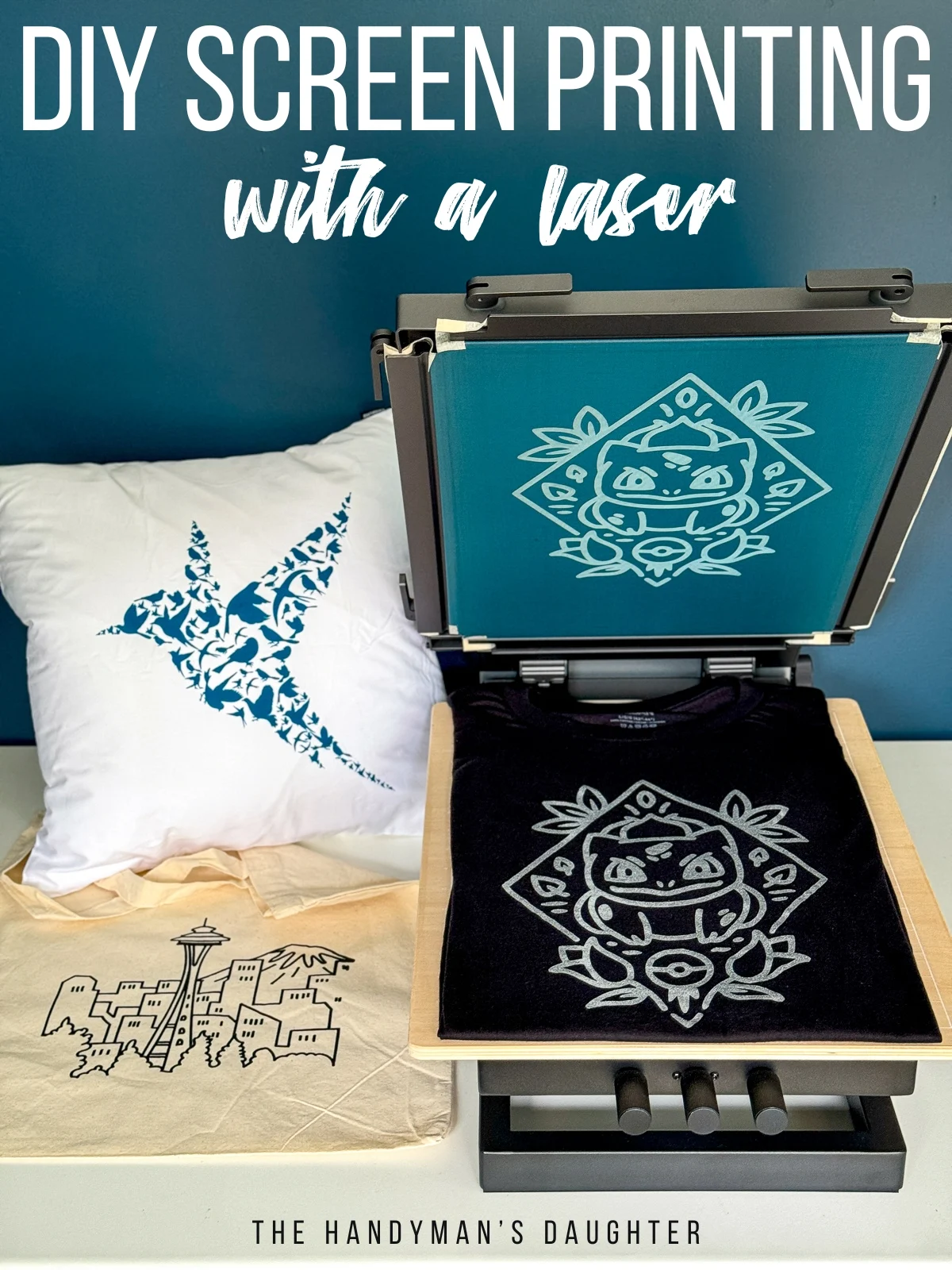The Vital Guide to Understanding Screen Printing and Its Versatile Utilizes
Screen printing has an abundant history that dates back to ancient times, developing right into an innovative strategy utilized throughout different markets today. This overview checks out the complexities of the screen printing process, describing its applications in style, home, and marketing design - 10:9 Design Screen Printing Texas. Understanding these principles can open up creative possibility for both imaginative and industrial projects. The adhering to areas will disclose necessary suggestions and methods to enhance one's screen printing undertakings
The Background of Screen Printing
Although screen printing has origins that trace back centuries, its advancement reflects the technical and imaginative innovations of different cultures. Coming from ancient China, the strategy was at first utilized for enhancing textiles and later spread to Japan, where it became important to Ukiyo-e woodblock printing. The approach changed to Europe in the 18th century, where it obtained popularity amongst craftsmens and industrial printers. The invention of photo solution in the 20th century transformed screen printing, permitting more intricate layouts and greater efficiency. Artists like Andy Warhol further pushed its appeal, making use of the medium to create iconic works that blended commercialism and art. By the late 20th century, screen printing had developed itself as a functional method, used in style, advertising and marketing, and fine art. Today, it continues to evolve, incorporating digital modern technology and expanding its applications across numerous sectors.
The Screen Printing Process Explained
Screen printing transforms artistic visions into tangible layouts via a series of exact steps. An image is created and after that transferred onto a screen, typically made of great mesh fabric stretched over a structure. A light-sensitive solution is put on the screen, which is revealed to light, solidifying in areas not covered by the picture. After rinsing the unhardened solution, a stencil is developed.
Next, the screen is placed over the substrate, whether it be textile, paper, or one more material. Ink is then pressed with the open areas of the stencil utilizing a squeegee, transferring the design onto the substratum listed below. This process can be repeated for multiple shades, calling for different displays for each hue. Ultimately, the printed item is cured using warm to guarantee the ink sticks effectively, leading to a sturdy, vivid style all set for use.
Kinds of Screen Printing Techniques

Furthermore, specialty strategies, such as discharge screen printing, eliminate color from the textile to create softer prints, while foil screen printing uses metallic aluminum foil to accomplish a glossy surface (10:9 Design Screen Printing Texas). Each strategy offers distinctive attributes, satisfying various creative requirements and production scales, eventually increasing the possibilities within the screen printing domain
Applications of Screen Printing in Numerous Industries
Furthermore, the signs and advertising markets use screen printing for creating attractive displays and banners. This approach permits vibrant colors and intricate styles that record interest. In electronics, screen printing is utilized for applying conductive inks to circuit card, important for component links. In addition, the home style industry embraces screen printing to generate unique layouts on textiles and wall art. Overall, screen printing works as a click over here now vital device throughout diverse areas, enhancing items with personalized and aesthetically appealing graphics.
Tips for Effective Screen Printing Projects
While undertaking a screen printing job, careful interest to detail can considerably enhance the final result. Picking premium materials is vital; this includes the screen, inks, and substrates. Making use of ideal mesh matters can influence ink deposition and information resolution. Prep work is similarly important; detailed cleaning of screens and proper direct exposure times guarantee crisp prints.
Next off, precise enrollment is essential for multi-color prints. Utilizing alignment devices can help accomplish precise layering. In addition, testing prints on scrap materials prior to manufacturing helps recognize prospective sites concerns without losing resources.

Frequently Asked Questions
What Materials Are Finest for Screen Printing on Textile?
Cotton and polyester blends are excellent for screen printing on material as a result of their sturdiness and ink absorption. In addition, specialty materials like silk or canvas can create one-of-a-kind textures and surfaces, enhancing the total style top quality.
Exactly how Do I Clean and Maintain Screen Printing Devices?
To maintain and clean screen printing equipment, one need to consistently wash displays with ideal solvents, examine mops for wear, oil relocating components, and shop all items in a completely dry, dust-free setting to prolong their life-span.
What Are the Environmental Impacts of Screen Printing?
Screen printing can have considerable ecological influences, consisting of chemical waste from solvents and inks, water usage during cleansing processes, and power consumption. Environment-friendly products and sustainable practices are vital for minimizing these adverse results.
Can Screen Printing Be Done in the house Successfully?
Screen printing can be efficiently done at home with the best materials and methods. Hobbyists can create high quality prints, though success depends upon their ability degree, devices, and understanding of the process entailed.
What Are the Prices Related To Starting a Screen Printing Company?

Beginning a screen printing organization involves prices for equipment, products, and office. Initial expenses typically range from a few hundred to a number of thousand dollars, depending upon the range, top quality of equipment, and wanted production ability.
Screen printing has a rich background that dates back to old times, developing into an innovative method made use of across different industries today. One more method, rotating screen printing, uses cylindrical displays, promoting continual printing on material rolls, consequently enhancing efficiency for massive manufacturings. In addition, specialty methods, such as discharge screen printing, remove color from the material to produce softer prints, while foil screen printing applies metallic aluminum foil to attain a shiny finish. In the fashion sector, screen printing is extensively used to additional info produce lively styles on apparel, enabling brand names to display their distinct styles. Cotton and polyester blends are perfect for screen printing on fabric due to their longevity and ink absorption.